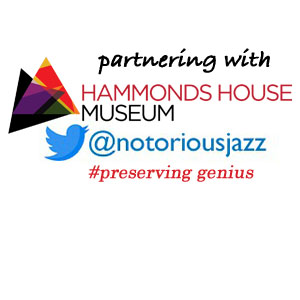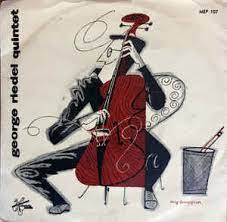
Daily Dose Of Jazz…
Georg Riedel was born January 8, 1934 in Karlovy Vary, Czechoslovakia, and in 1938, when he was four years old, the family fled to Sweden following the German annexation of the Sudetenland. He attended school in Stockholm, Sweden and at the Adolf Fredrik’s Music School.
The best known recording featuring Riedel is probably Jan Johansson’s Jazz på svenska (Jazz in Swedish), a minimalist-jazz compilation of folk songs recorded between 1962–1963. He recorded with other leading Swedish musicians including trumpeter Jan Allan and Arne Domnérus.
As a composer, George worked almost exclusively writing music for Astrid Lindgren movies, including the main theme from the Emil i Lönneberga (Emil of Maple Hills) movies. He also composed the music for several films by Arne Mattsson in the 1960s as well as for film adaptations of novels by Stig Dagerman.
Double bassist and composer George Riedel, played on Jazz at the Pawnshop in 1977, at 87 continues his involvement with jazz.
Bestow upon an inquiring mind a dose of a Karlovy Vary double bassist to motivate the perusal of the genius of jazz musicians worldwide whose gifts contribute to the canon…
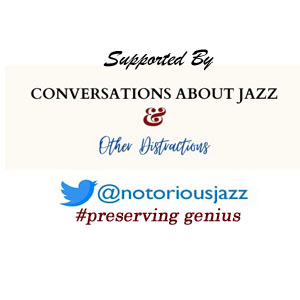
More Posts: bandleader,bass,composer,history,instrumental,jazz,music
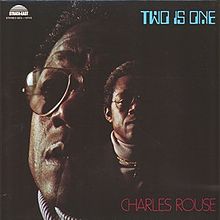
Daily Dose Of Jazz…
David Lee, Jr. born January 4, 1941 in New Orleans, Louisiana played professionally from his early teens. While serving in the U. S. Army, he was a member in several bands. In 1969, he co-founded the New Orleans Jazz Workshop.
In 1969 Dizzy Gillespie brought Lee into his band and soon after he was working with Roy Ayers in 1971 and Sonny Rollins for three years beginning in 1972. The Rollins recordings were hard swinging but included the plethora of tempos of the Seventies.
Forming a quartet but never recording as a leader, he continued to work as a sideman. On August 4, 2021, drummer and composer David Lee, who recorded Yoshiaki Masuo, Charlie Rouse, Lonnie Liston Smith and Richard Wyands among others, transitioned at 80 years of age.

More Posts: bandleader,composer,drums,history,instrumental,jazz,music
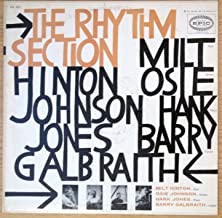
Daily Dose Of Jazz…
Joseph Barry Galbraith, born on December 18, 1919 in Pittsburgh, Pennsylvania.
Moving to New York City in the early 1940s he found work playing with Babe Russin, Art Tatum, Red Norvo, Hal McIntyre, and Teddy Powell. He played with Claude Thornhill in 1941–1942 and again from 1946–1949 after serving in the Army. In ‘53 he did a tour with Stan Kenton.
Having extensive work as a studio musician for NBC and CBS in the 1950s and 1960s, presented him with the opportunity to work with among others Miles Davis, Michel Legrand, Tal Farlow, Coleman Hawkins, George Barnes, John Lewis, Hal McKusick, Oscar Peterson, Max Roach, George Russell, John Carisi, and Tony Scott.
He accompanied on the recording of singers Anita O’Day, Chris Connor, Billie Holiday, Helen Merrill, Sarah Vaughan and Dinah Washington. He was a mentor to Ralph Patt.
In 1961, he appeared in the film After Hours. In 1963-1964 he played on Gil Evans’s album The Individualism of Gil Evans, and in 1965 he appeared on Stan Getz and Eddie Sauter’s soundtrack to the 1965 film Mickey One.
As an educator he taught for five years from 1970 to 1975 at CUNY (City University of New York) and published a guitar method book in 1982. From 1976–77 Galbraith taught guitar at New England Conservatory in Boston, Massachusetts.
Guitarist and bandleader Barry Galbraith passed away from cancer at the age of 63 on January 13, 1983 in Bennington, Vermont.
More Posts: bandleader,guitar,history,instrumental,jazz,music
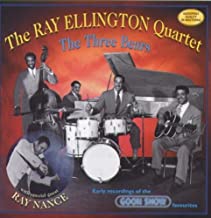
Daily Dose Of Jazz…
George Coleridge Emerson Goode was born on November 29, 1914 in Kingston, Jamaica. His father was a choirmaster and organist and his mother sang in the choir. Moving to Britain in 1934, the 19-year-old student at the Royal Technical College in Glasgow, Scotland and then went on to read for a degree in engineering at Glasgow University. Already proficient as an amateur classical violinist he turned to jazz and took up the bass after hearing the music of Count Basie, Duke Ellington, Billie Holiday and Louis Jordan and decided to embark upon a musical career.
His primary early influences as a bassist were Walter Page, Slam Stewart and Jimmy Blanton. In London during World War II, Coleridge worked with Johnny Claes, Eric Winstone, Lauderic Caton, Dick Katz, became a founder member of the Ray Ellington Quartet and recorded with Django Reinhardt in 1946, alongside Stephane Grappelli. He went on to play with Tito Burns’ sextet and led his own group, before being invited to join Joe Harriott’s new band in 1958.
By 1967 he was recording with Chris McGregor, Dudu Pukwana, Ronnie Beer, and Laurie Allan on Gwigwi Mrwebi’s Mbaqanga Songs. Through the decade and into the 1970s, Goode worked extensively with pianist/composer Michael Garrick, while performing in the house band at Laurie Morgan’s Sunday jam session into his 90s.
In 2002, he published his autobiography Bass Lines: A Life in Jazz, which chronicled the birth of free form jazz in Britain. He was honoured with the Services to Jazz Award at the Parliamentary Jazz Awards, and at the age of 100, double bassist Coleridge Goode passed away on October 2, 2015.
More Posts: bass,history,instrumental,jazz,music
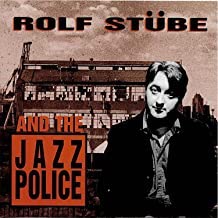
Daily Dose Of Jazz…
Alan Lawrence Turnbull was born November 23, 1943 in Melbourne, Australia and after taking drum lessons from Graham Morgan he commenced his professional career at the age of 14. He played with top local jazz musicians such as Graeme Lyall, Keith Hounslow and Brian Brown while filling in for drummer Stewart Speer at Horst Liepolt’s Melbourne jazz venue, Jazz Centre 44.
Moving to Sydney in the late 1960s, Turnbull soon became very active in the jazz scene and worked regularly as a freelance musician, including a number of years with the Don Burrows quartet which worked regularly at various clubs, concerts, festivals and other venues throughout Australia and in the United States.
His partnership of drums/double bass with American double bassist Ed Gaston set a new standard for swing jazz rhythm sections in Australia that would influence Australian rhythm sections for decades.
In the following years he worked with the likes of Milt Jackson, Joe Henderson, Gary Burton, Sonny Stitt, Barney Kessell, Richie Cole, Cleo Laine, Billy Eckstine, Cab Calloway, Billy Field, and Neil Sedaka as well the Sydney Symphony Orchestra and the Australian Pops Orchestra.
Appearing on numerous recordings, including those of Don Burrows, Rolf Stube’s Jazz Police, Graeme Norris Band, The Jazz Co-op, The Two with Paul Macnamara, Neil Sedaka and Billy Field, drummer Alan Turnbull, who was also a freelance professional musician, passed away on August 28,2014.
More Posts: drums,history,instrumental,jazz,music



